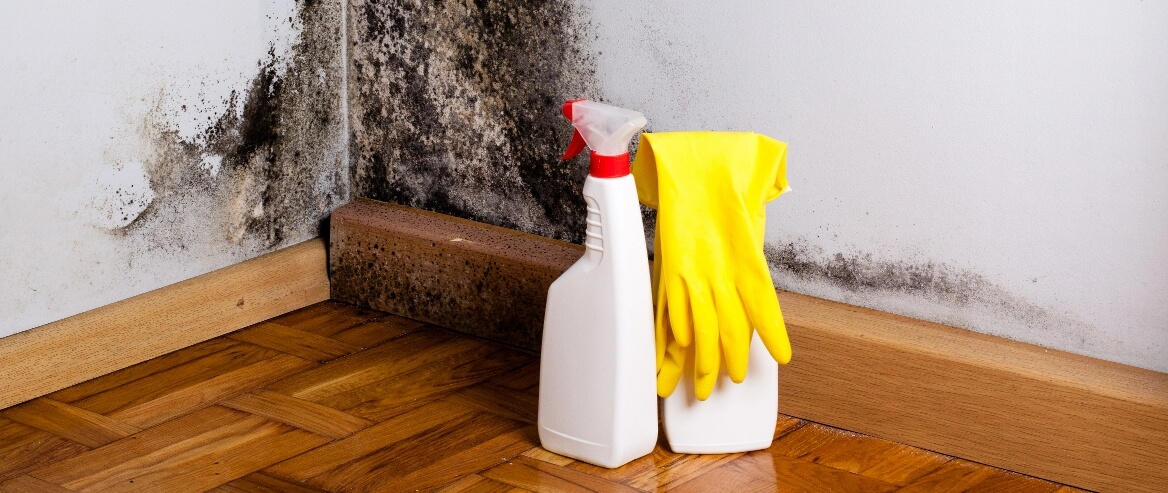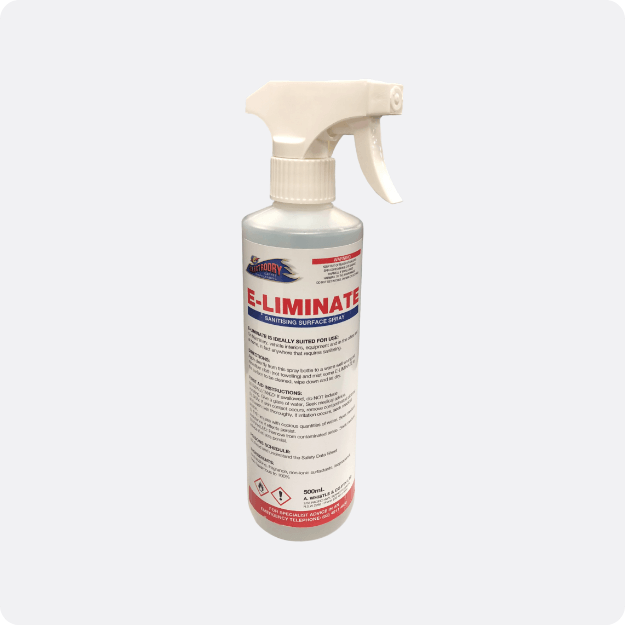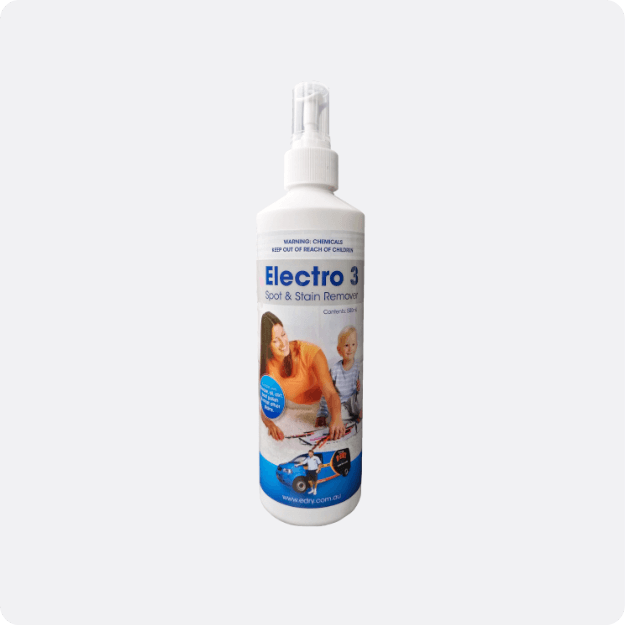For decades, bleach has been the go-to solution for getting rid of mould. In fact, many cleaning websites still recommend it.
But here’s why bleach is not the answer to effective mould treatment.
Why Is Mould So Bad for Your Health?

While mould certainly looks unattractive, it can actually be detrimental to your health.
Some mould species produce mycotoxins, which are toxic to humans and can cause hayfever-like symptoms, and respiratory illness and may even inhibit your body’s immune system.
People with weakened immune systems and with chronic lung diseases are more at risk of mould infection.
What Is the Best Way to Treat Mould?
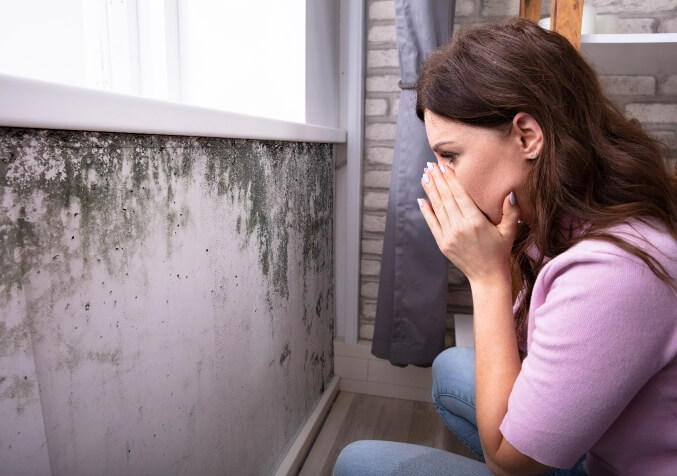
For generations, people have thought bleach to be the best treatment for mould but thanks to technological advances and improved knowledge in the area, we now know better.
Here’s what happens. Upon cleaning your mould with bleach, it may look like the mould has been removed, but all that has happened is the bleach has taken the colour out of the mould. The mould membrane is still very much alive underneath the wall surface, still spurting out mould spores and mycotoxins, making people sick, but now it can’t be seen.
Your mould is going to return, and fast.
How Can I Treat Mould?
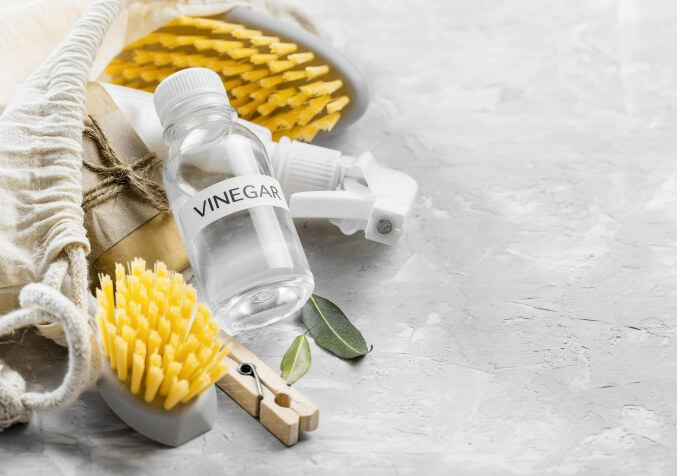
Small mould patches can be effectively treated with one of these non-chemical solutions. We recommend wearing a full-face mask and gloves when treating mould.
Vinegar Solution
Vinegar is well known for effectively treating mould.
Use a spray bottle to apply full concentrated vinegar directly onto the area. In areas of heavy mould, use a soft-bristled nylon brush to agitate the mould.
Leave the vinegar on the mould for an hour to work its magic. Wipe away the mould with a clean and slightly damp cloth.
Tea Tree Oil Solution
Tea tree oil has amazing anti-fungal properties, and it will effectively treat the mould. However, it’s not such a great cleaner. We recommend using a 3% tea tree oil solution consisting of 1 teaspoon of tea tree oil and 2 cups of warm water. Shake well before using.
Combine the solution in a spray bottle and apply it to the mould-affected area. In 20 minutes, lightly sponge off the mould with warm water. If the stain mould remains, treat it with vinegar (see above solution).
Clove Oil Cleaner
Clove oil can also be an effective mould treatment.
Put 1/4 teaspoon of clove oil into a litre of water and pour into a spray bottle. Lightly mist onto the area and leave it overnight. Wipe down with a 1:1 white vinegar and water mixture.
A couple of things to remember about clove oil:
It can be toxic when ingested by humans and pets, so take care.
Follow the above measurements closely, as too much can discolour surfaces.
Larger Mould Infestations
If the mould-affected area is bigger than 1 square metre, it is probable that the mould is growing in hard-to-reach places like wall cavities.
A major mould issue will need remediation by professionals like Electrodry Mould Cleaning, which can treat the mould and the mould spores the infestation produces.
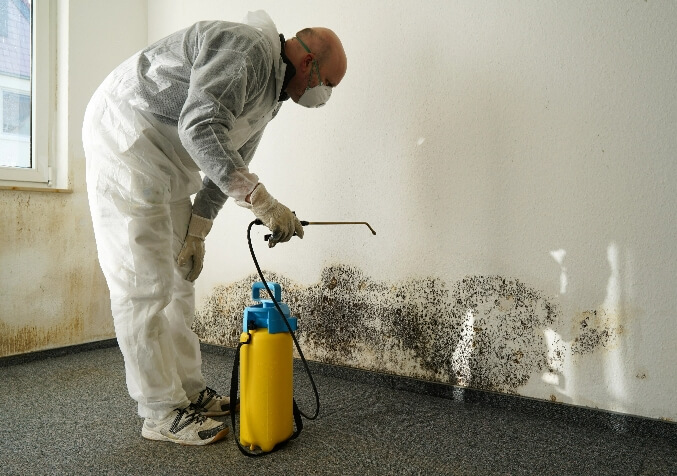
It is worth noting that while a professional can treat the mould, you will also need to treat the source of the moisture (such as leaking pipes or a roof issue) that is causing the mould.
Your mould removal expert could provide some general advice, but you will need to engage the services of a builder or plumber to identify the source of moisture to ensure the mould does not come back.
Electrodry Mould Cleaning effectively treats mould without the need for re-painting and is guaranteed to keep the mould at bay for at least 12 months*.
How Can I Safely Clean Mould?
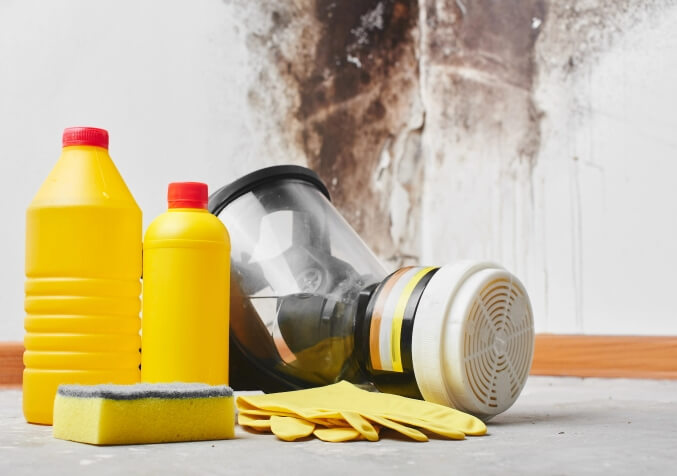
Mould can have harmful effects on our health, so it’s important to take safety precautions when cleaning mould, including wearing a respirator mask and safety goggles. Larger areas of mould contamination pose greater health risks, so we suggest consulting a professional in these cases.
